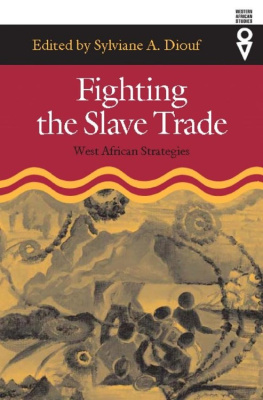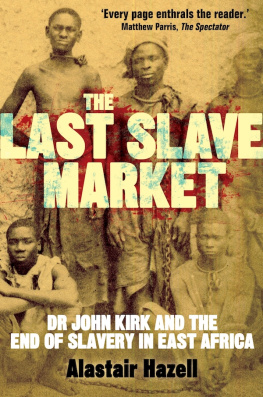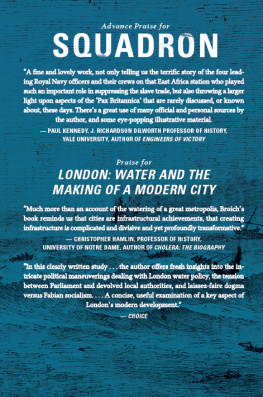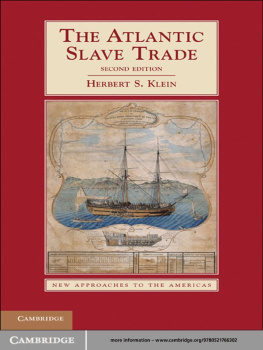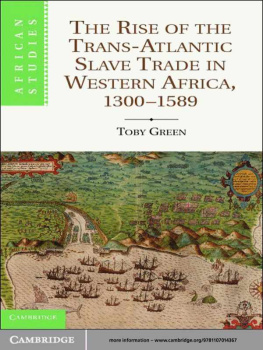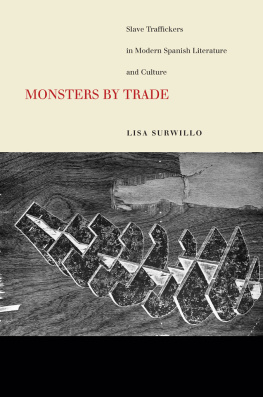














West African Strategies
SYLVIANE A. DIOUF, EDITOR
Ohio University Press
ATHENS
James Currey
OXFORD



Vii
ix
Sylviane A. Diouf
PART I
DEFENSIVE STRATEGIES
Elisee Soumonni
Thierno Mouctar Bah
Dennis D. Cordell
Adama Gueye
Martin A. Klein
PART 2
PROTECTIVE STRATEGIES
SylvianeA. Diouf
Paul E. Lovejoy and David Richardson
PART 3
OFFENSIVE STRATEGIES
John N. Or~i
Ismail Rashid
Walter Hawthorne
Joseph E. Inikori
David Richardson
Carolyn A. Brown
THE ESSAYS INCLUDED IN THIS VOLUME were presented at a conference entitled Fighting Back: African Strategies against the Slave Trade held at Rutgers, the State University of New Jersey, in February 2001. The conference was sponsored by the Rutgers-New Brunswick Department of History; the Center for African Studies at Rutgers; the Rutgers Research Council; the Social Sciences and Humanities Research Council of Canada and the UNESCO Slave Route Project on the Nigerian Hinterland at York University; December Ventures, Inc.; and the Schomburg Center for Research in Black Culture of the New York Public Library. It was made possible in part by a grant from the New Jersey Council for the Humanities, a state partner of the National Endowment for the Humanities.
Sylviane A. Diouf
BETWEEN THE EARLY 1500S AND the late 1860s, an estimated twelve million African men, women, and children were forcibly transported across the Atlantic Ocean. About seven million were displaced through the Sahara desert and the Indian Ocean, in a movement that started in the seventh century and lasted until the twentieth. If the idea that the deported Africans walked quietly into servitude has lost ground in some intellectual circles, it is still going strong in popular culture; as are the supposed passivity or complicity of the rest of their compatriots and their lack of remorse for having allowed or participated in this massive displacement. In recent years, a few works have investigated the feeling of guilt apparent in some tales and practices linked to the Atlantic slave trade, but the Africans actions during these times, except in their dimension of collaboration, have hardly been explored (Iroko 1988; Austen 1993; Shaw 2002).
This collection of essays seeks to offer a more balanced perspective by exploring the various strategies devised by the African populations against the slave trade. It is centered on the Atlantic trade, but some chapters cover strategies against the trans-Saharan and domestic displacement of captives, and these analyses suggest that strategies against the slave trade were similar, irrespective of the slaves destination. The book focuses on a single area, West Africa, in order to provide a sense of the range of strategies devised by the people to attack, defend, and protect themselves from the slave trade. This evidences the fact that they used various defensive, offensive, and protective mechanisms cumulatively. It also highlights how the contradictions between the interest of individuals, families, social orders, and communities played a part in feeding the trade, even as people fought against it. Therefore, this book is not specifically about resistance, which is arguably the most understudied area of slave trade studies-with only a few articles devoted to the topic (see Wax 1966; Rathbone 1986; McGowan 1990; Inikori 1996). Resistance to capture and deportation was an integral part of the Africans actions, but their strategies against the slave trade did not necessarily translate into acts of resistance. Indeed, some mechanisms were grounded in the manipulation of the trade for the protection of oneself or ones group. The exchange of two captives for the freedom of one or the sale of people to acquire weapons were strategies intended to protect specific individuals, groups, and states from the slave trade. They were not an attack against it; still, they were directed against its very effects. Some strategies may thus appear more accommodation than resistance. Yet they should be envisioned in a larger context. Strategic accommodation does not mean that people who had redeemed a relative by giving two slaves in exchange were not at some other point involved in burning down a factory; or that the guns acquired through the sale of abductees were not turned directly against the trade. Resistance, accommodation, participation in the trade and attacks against it were often intimately linked.
But what precisely did people do to prevent themselves and their communities from being swept away to distant lands? What mechanisms did they adopt to limit the impact of the slave-dealing activities of traders, soldiers, and kidnappers? What environmental, physical, cultural, and spiritual weapons did they use? What short- and long-term strategies did they put in place? How did their actions and reactions shape their present and future? What political and social systems did they design to counteract the devastation brought about by the slave trade?

